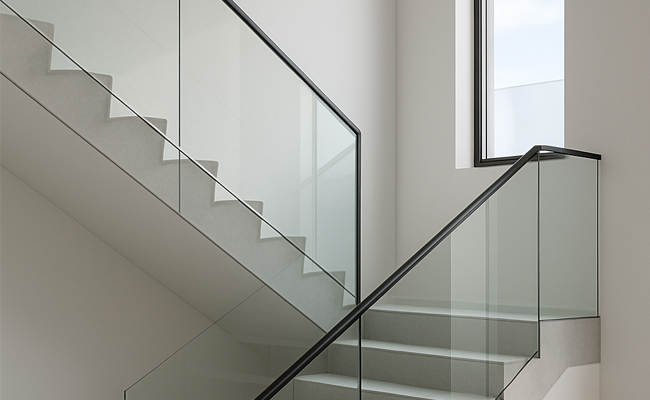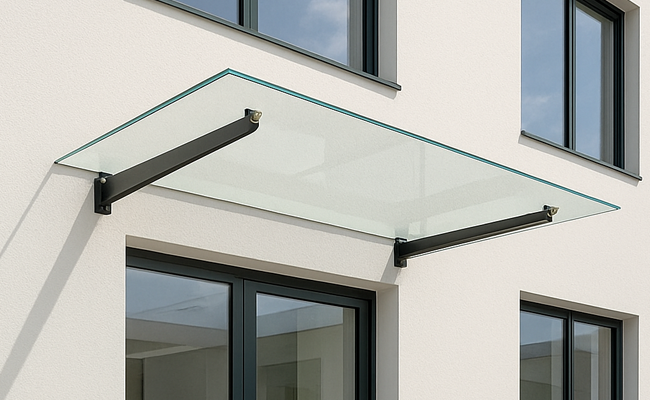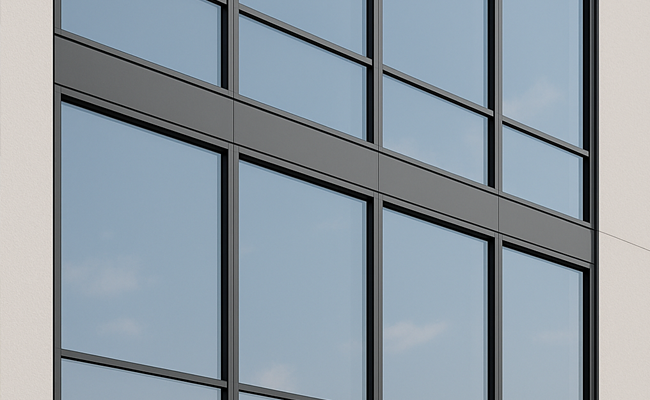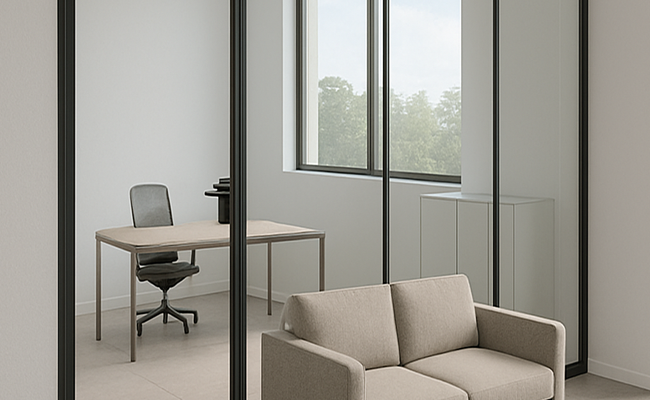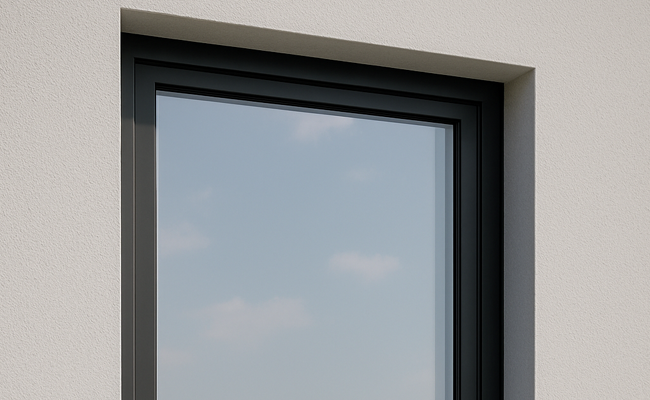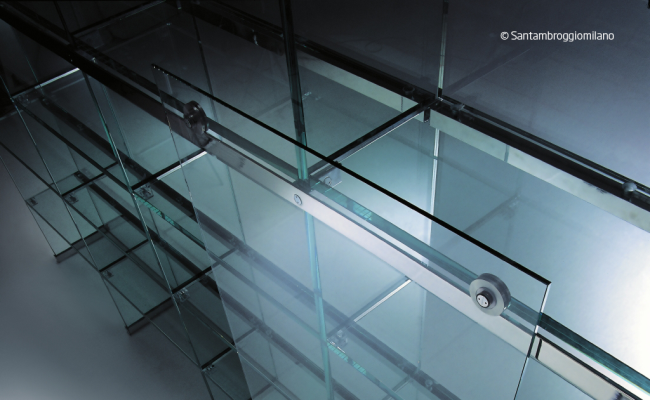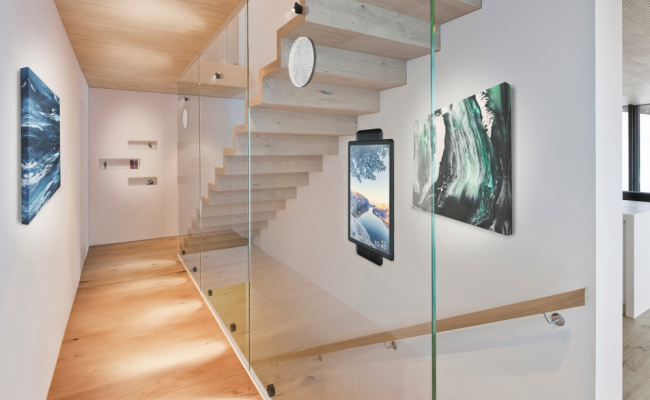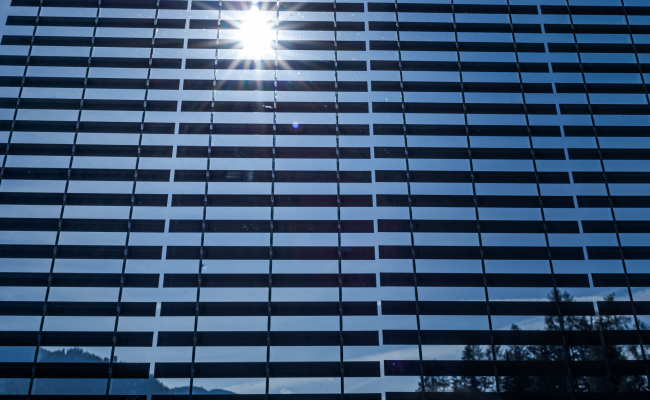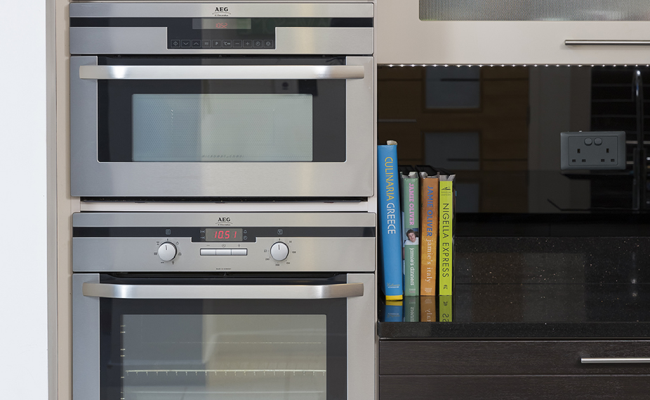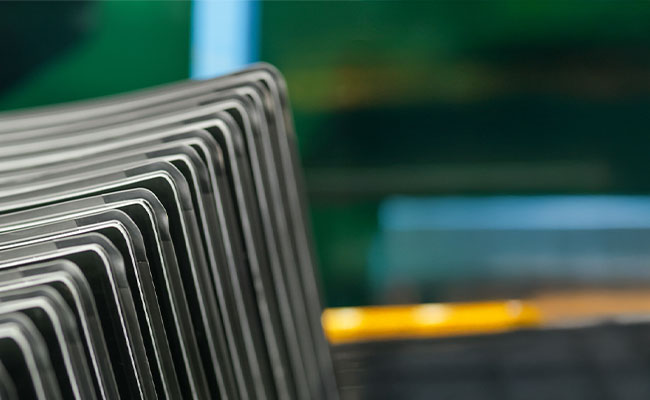Noise Control FAQs
Below you will find the most frequently asked questions about noise control glass.
C and Ctr are the spectrum adjustments, which are the values added to Rw to take account of the characteristics of particular sound spectra.
Typical noise sources for each spectrum adaptation terms are given below.
Relevant spectrum adaptation term C
Type of noise source:
• Living activities (talking, music, radio, TV)
• Children playing
• Railway traffic at medium and high speed
• Jet traffic, short distance away
• Motorway traffic >50 mph• Factories emitting mainly medium and high frequency noise
Relevant spectrum adaptation term Ctr
Type of noise source:
• Urban road traffic
• Railway traffic at low speeds
• Aircraft, propeller driven
• Jet aircraft, long distance away
• Music with low frequency bass sounds
• Factory emitting mainly low and medium frequency noise
For the range of common insulating glass cavities available then, no.
Large gaps (60 mm plus) between glass and secondary glazing do have an effect.
